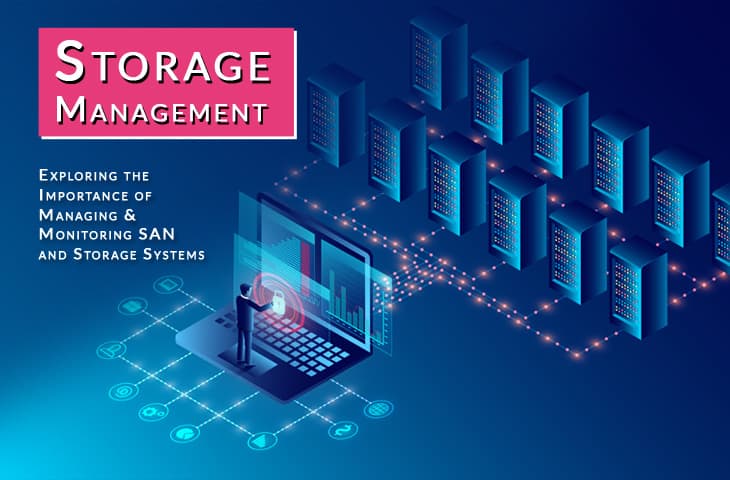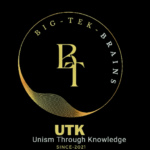

IT-Specialist
Editor: Bernard Quayson

Introduction
Keeping information or data for future or permanent use has been a challenge for humanity. So, storage unit has become an integral part of the Tech system which is employed to store these information.
Information
There have been events that occurred before the existence of written records in a given society or culture. But because there was no means of recording or keeping them, some events lost originality of information, and this is why humanity is still struggling with the truth.
According to history experts (Archaeologists), written records discovered in Egypt can be traced back to as early as 3200BCE, which is the accepted date for history to begin in Egypt; that’s over 5,000 years ago. Maybe the world might one day find an older record.
Record keeping has become essential and part of our life on this planet. Now, it has seen a major turn compared to the earliest material used by Sumerians. Both clay and paper records are now not the dominating trend of keeping data or information.
Today, technology is making it possible for data to be shared, remotely accessed and kept for a longer period of time without losing its original content. There have been many structured technological approaches to this problem, and to choose which works best for us depends on the user of that data; because they all come with a cost, and when and where it is recommended.
Storage

Storage management processes can deal with local or external designs such as NAS, SAN, USBs, SDDs, HDD, the Cloud, etc. However, for the scope of this article, only SSD and the HDD would be discussed in detail.
SSD Vrs HDD
Defination
A solid state drive (SSD) is simply a non-volatile memory (NVM) (a computer hardware); this means it retains data even if there is a break in the power supply. It stores data without moving parts.
Whereas hard disk drives (HDD) use a spinning magnetic disk and a mechanical write head to manipulate data.
PERFORMANCE
An SSD is used not only for data storage but primarily for read/write speeds which facilitate activities like boot-up and gaming. SSDs are simply larger versions of a flash drive that sits inside the server or computer. SSDs store information in flash memory and not a magnetic system as the HDD. They do not depend on spinning disks or moving parts, rather, data is retained to a cluster of memory banks. The speed at which an SSD accesses data is much higher than an HDD speed. While an HDD can process at 500 MB/s, most SSDs can process at 7000 MB/s.
Generally, file transferring and copying are significantly faster on an SSD than the HDD.
Recommendation
SSD is a step up from the traditional hard disk drive (HDD) that relies on a magnetic plate to save data. What you choose depends on your needs because both have different advantages and disadvantages.
Most ultraportable laptops and prebuilt desktop PCs nowadays use solid-state drives (SSDs) to boot up faster. Some gaming laptops and desktops also have SSDs for booting and hard disk drives (HDDs) for storing more data. Only cheaper laptops and desktops still rely on HDDs for booting.
If you have to pick just one, then HDDs have lower cost and more storage than SSDs, but they also have lower speed and more risk of damage. SSDs have higher speed and more durability than HDDs, but they also have higher cost and less storage. So, in short SSDs are faster, more durable and more energy-efficient than HDDs, but they are also more expensive and have lower storage capacity.
Buy SSD from Amazon
WD_BLACK 1TB SN770 NVMe Internal Gaming SSD Solid State Drive – Gen4 PCIe, M.2 2280, Up to 5,150 MB/s – WDS100T3X0E
Buy HDD from Amazon
Western Digital 2TB WD Blue PC Internal Hard Drive – 7200 RPM Class, SATA 6 Gb/s, 256 MB Cache, 3.5″ – WD20EZBX



